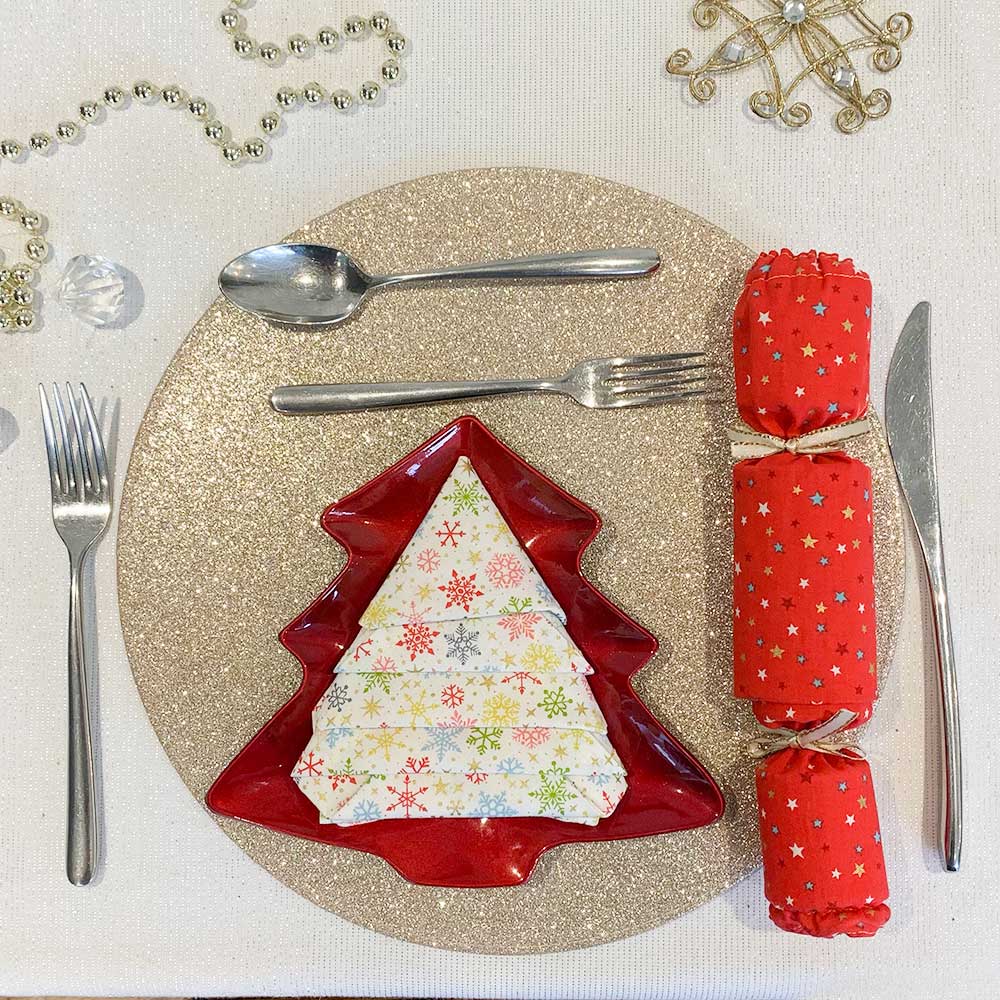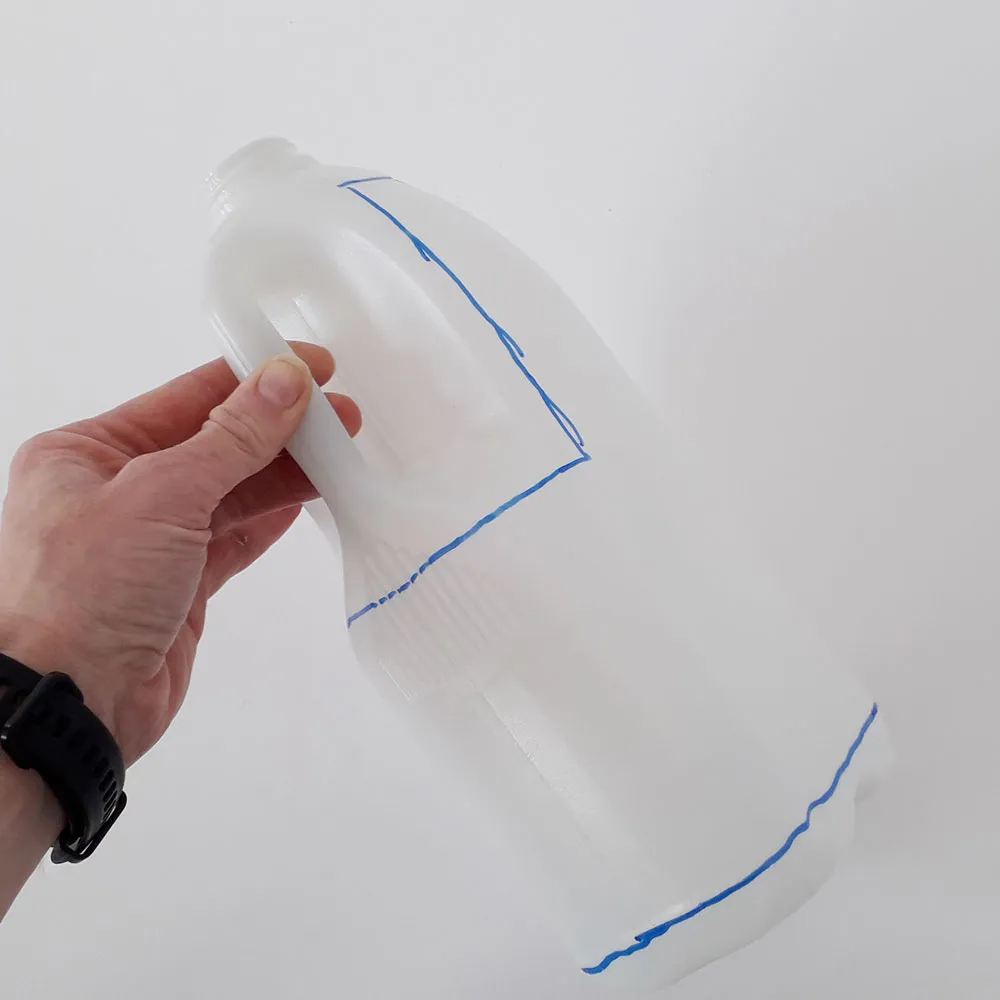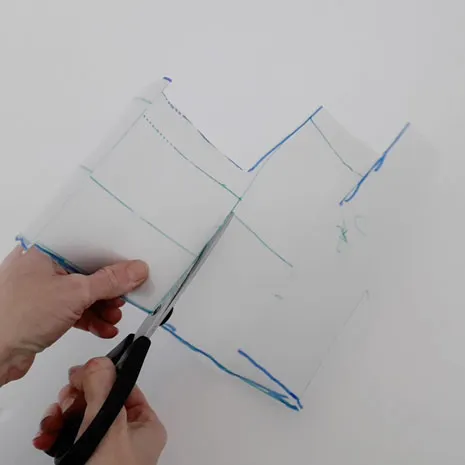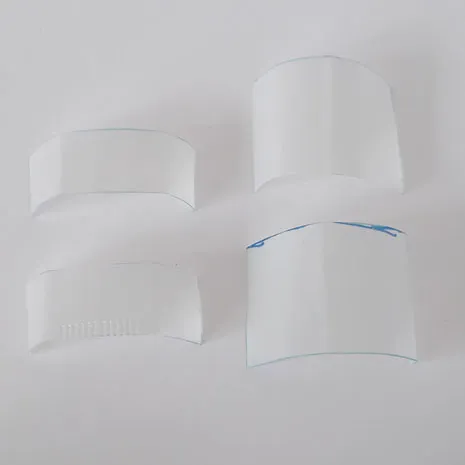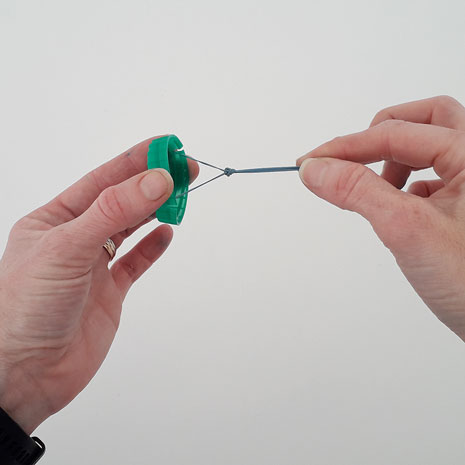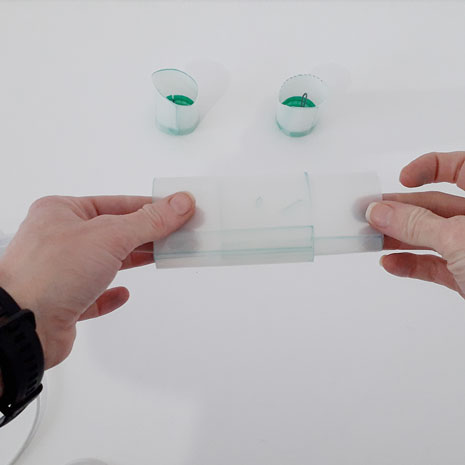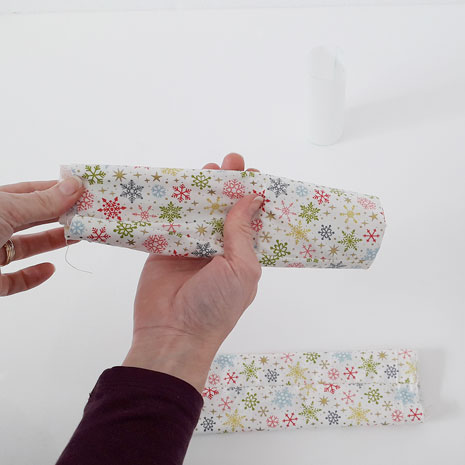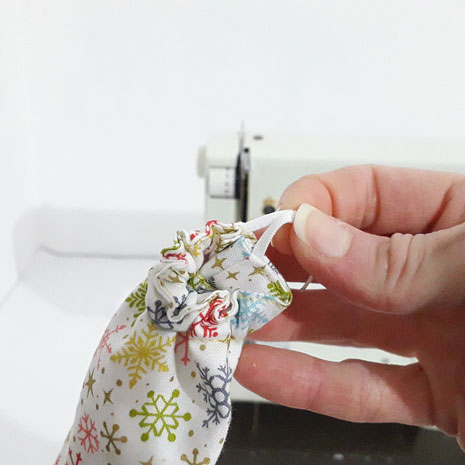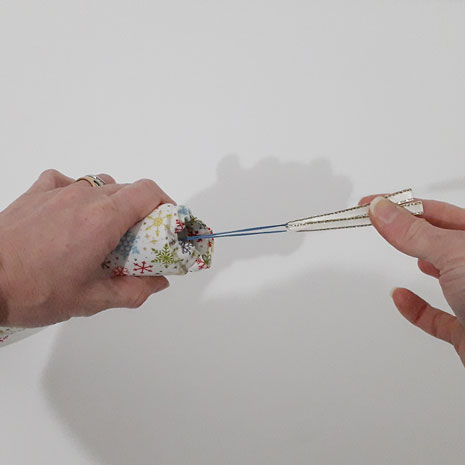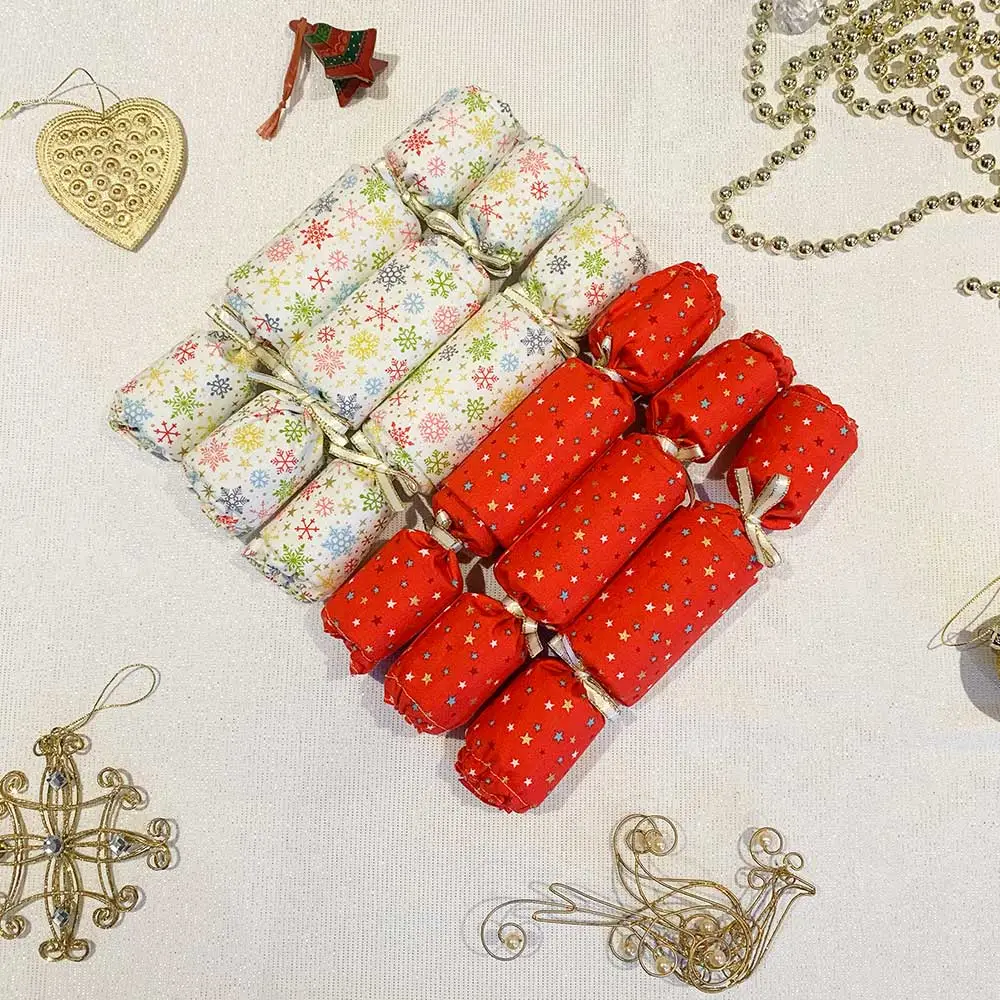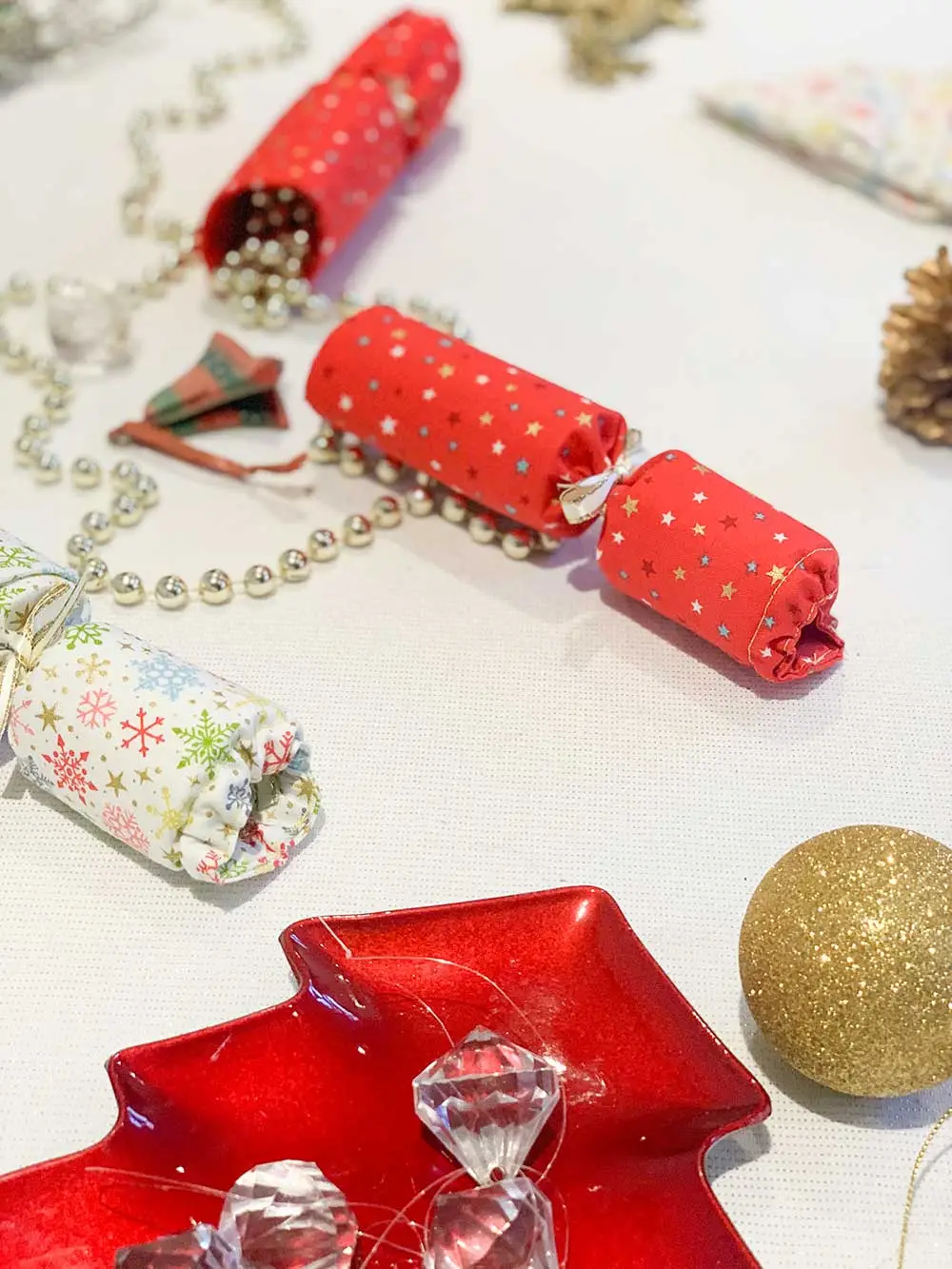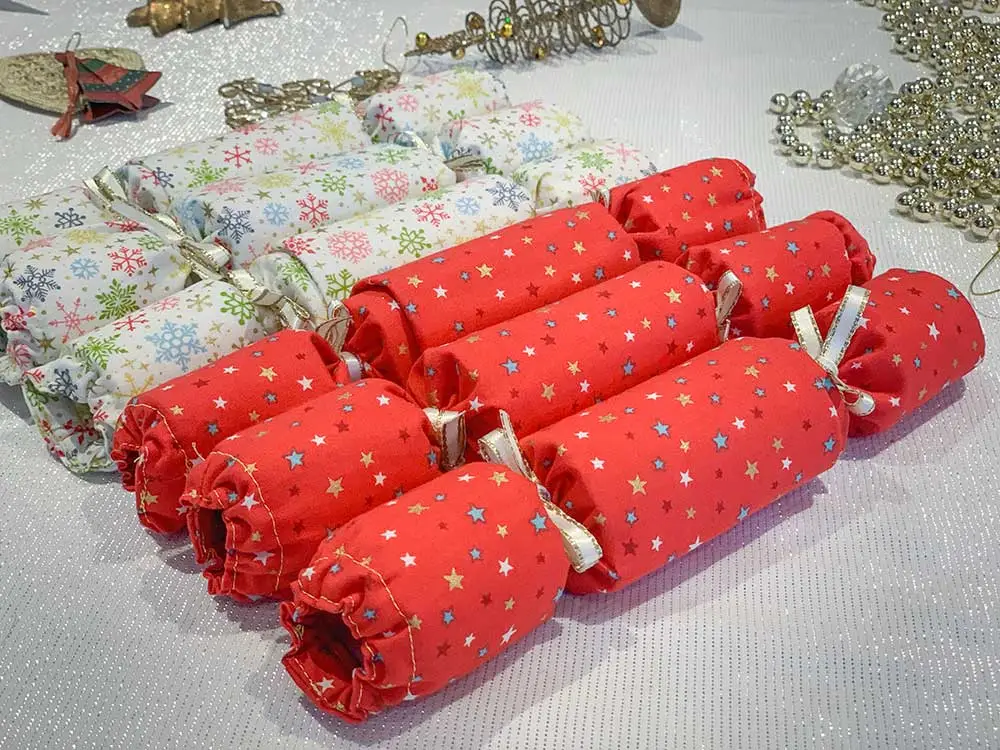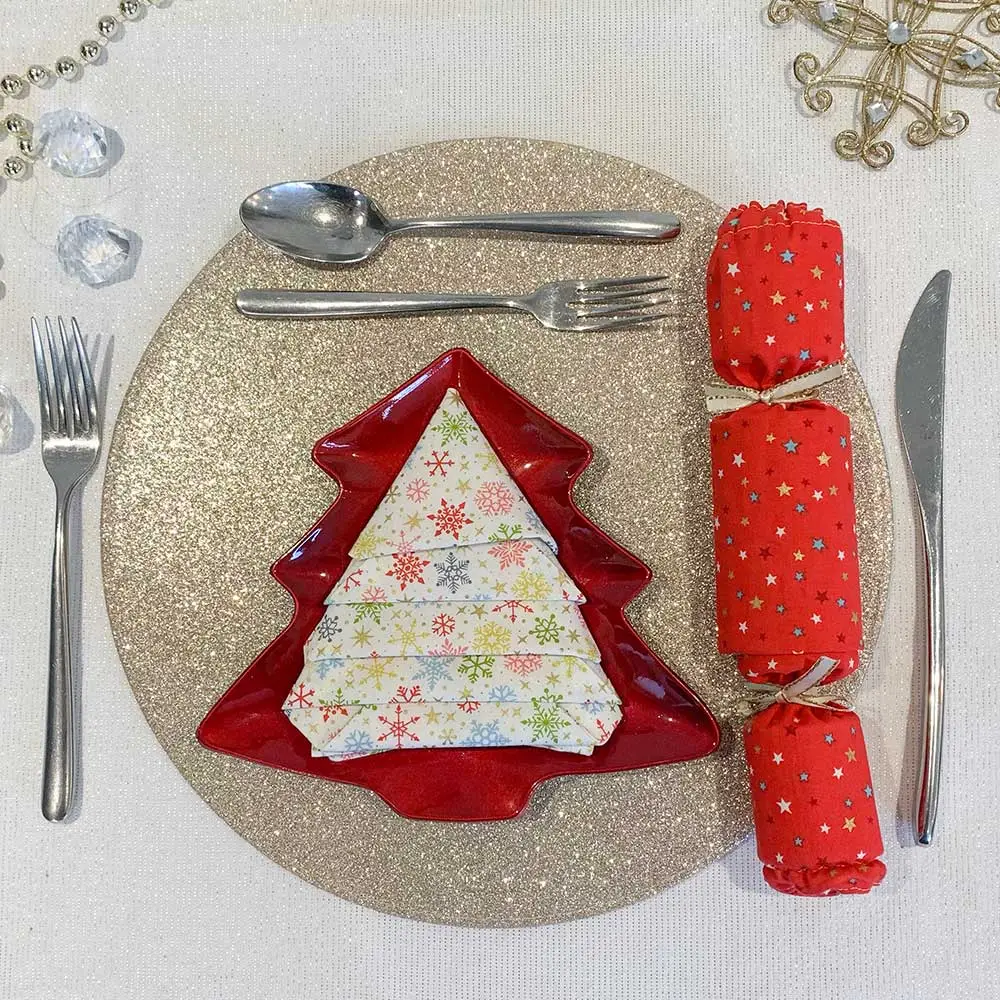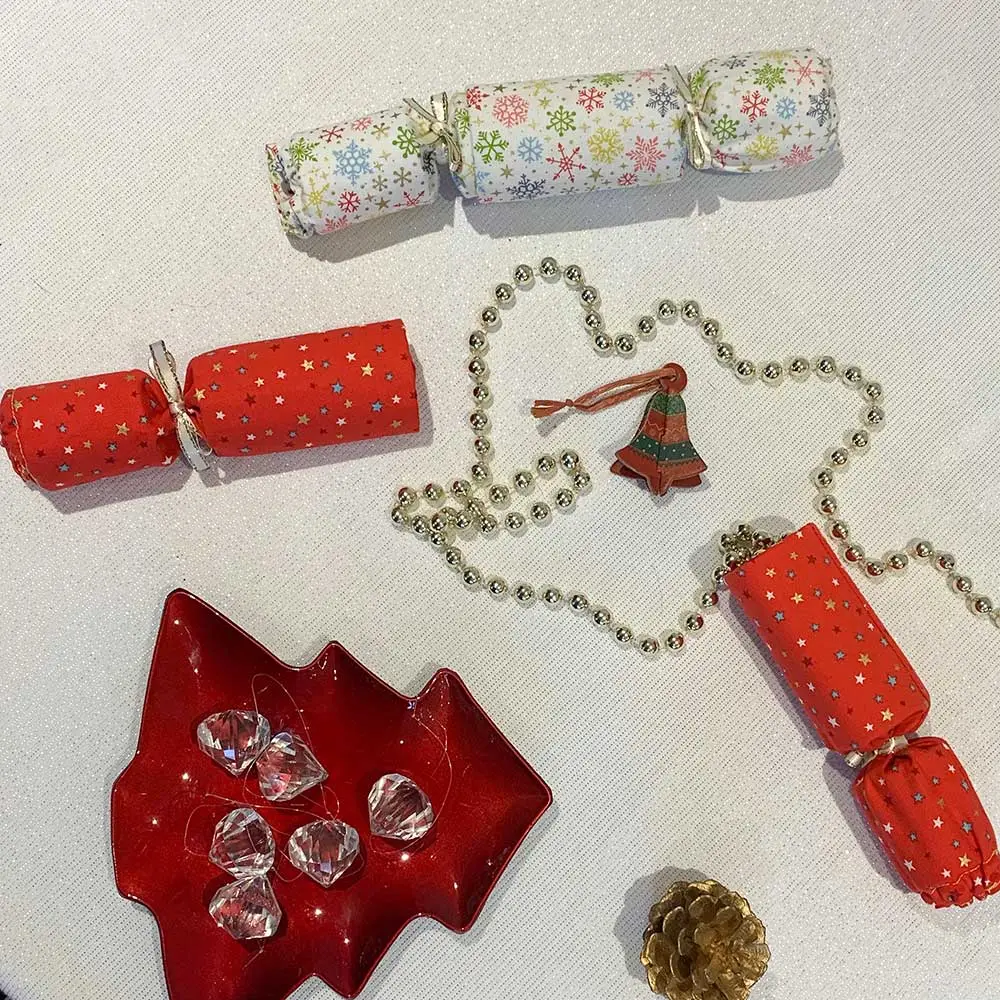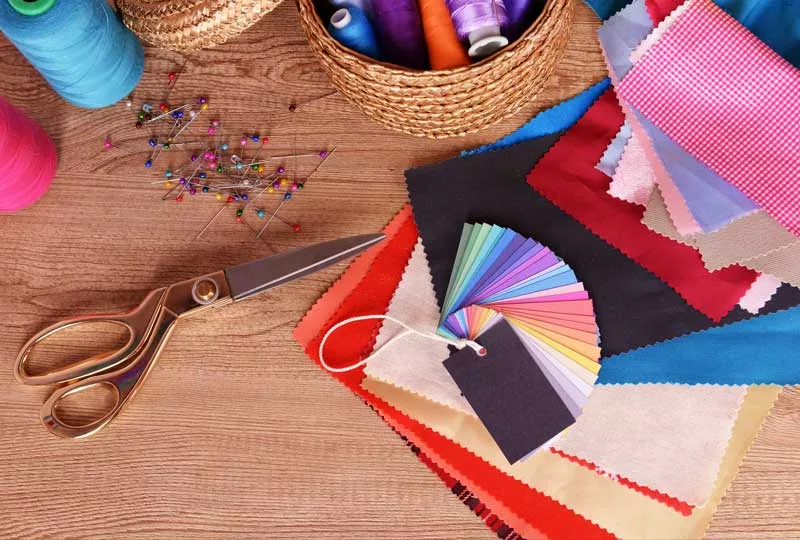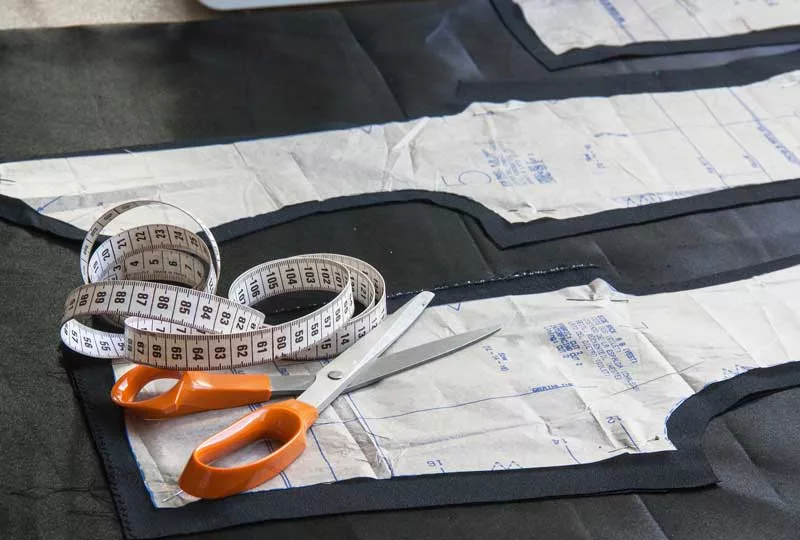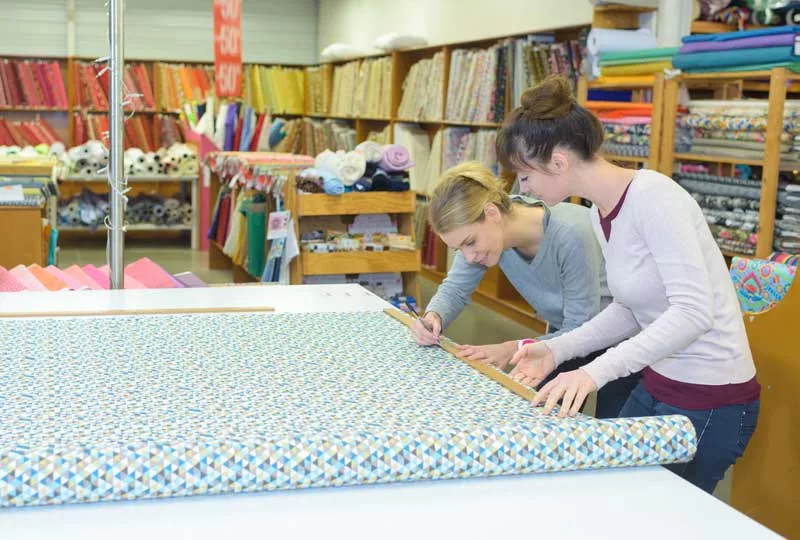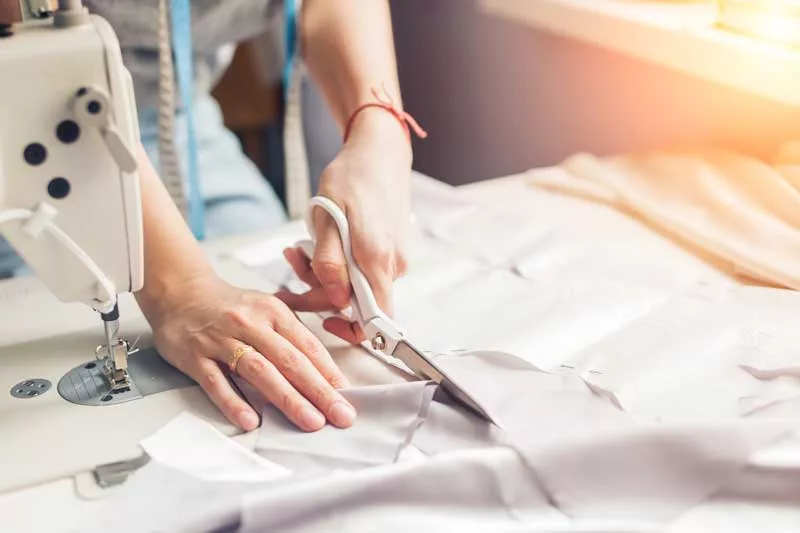
15 Minute Napkin With Mitered Corners
Here’s how to make a 15 minute napkin with mitered corners. We’re continuing out theme of helping you create a more sustainable Christmas… Fabric napkins are a fabulous step into sustainability & will make your Christmas table look amazing!
With some clever folding, a coordinating runner & some homemade Christmas crackers you will create an incredible focal point for your Christmas feast.
Follow this tutorial & learn how to stitch a mitred corner in just 15 minutes!

And if you just wanna learn how to fold your napkins in to some fancy Christmas trees then scoot down to the bottom of the tutorial for the lowdown…
Boring Legal Bit: If you follow any tutorial or guidance found in this post, or on this blog, you agree to be bound by our disclaimer which can be viewed here
We have also published a tutorial on how to make Reusable Christmas Crackers – check that out here

Want a printable copy of this tutorial? No problem! Request it below & a copy will be sent direct to your in-box
Reusable Christmas Napkin Tutorial
Skill Level: Beginner
To make ONE reusable napkin you will need:
1 x 49cm square of quilting cotton (we used fabrics from the Makower Joy collection)
Important notes:
1.5 cm seam allowance throughout, unless directed.
For steps using machine sewing, always backstitch at the start & end unless otherwise stated.
Pre-wash your fabrics
1. Cut your fabric

Cut out a 49cm square of your chosen fabric
2. Press the edges
With the fabric facing wrong side up, turn over 2cm of fabric along each side & press.
Fold the raw edges under to the crease & press again forming a 1cm border around the napkin.

3. Mitre The Corners

Starting at one corner, open out the 2cm hem on both sides.
Fold over the corner, the creases will have formed a small square. Align the 2 sides of the small square with the two 2cm creases on the underside of the napkin. Finger press along the fold.


Unfold the corner and mark out the fold line
Fold the corner in half bringing the 2 right sides together.
Pin and sew along the marked line.
Trim the seam allowance to 3mm and clip the end.
Turn out the corner, use a turner to shape the point

4. Repeat

Repeat steps 3 and 4 on the other corners
Press then sew the border of the napkin with a 1cm seam allowance.
And your napkin is finished!
Want a printable copy of this tutorial? No problem! Request it below & a copy will be sent direct to your in-box
Learn The Christmas Tree Napkin Fold
Why not get extra creative with your table setting and check out some napkin folding tutorials.
Fold the napkin into quarters


Fold up 1 corner of fabric at a time each one lying 2cm below the previous
Turn the whole thing over
Fold the left most corner up to the right pivoting at bottom centre.
Repeat with the right.
Turn the whole thing over


Rotate the napkin
Fold under one corner at a time to form tiers
Lift up the top layer and form a cone shape


Stand up the tree and you’re done!
Want a printable copy of this tutorial? No problem! Request it below & a copy will be sent direct to your in-box
We hope you enjoyed that tutorial and have fun making it. If you make your own version please tag us @PlushAddict #PAReusableNapkin
We would love to see your creations!






